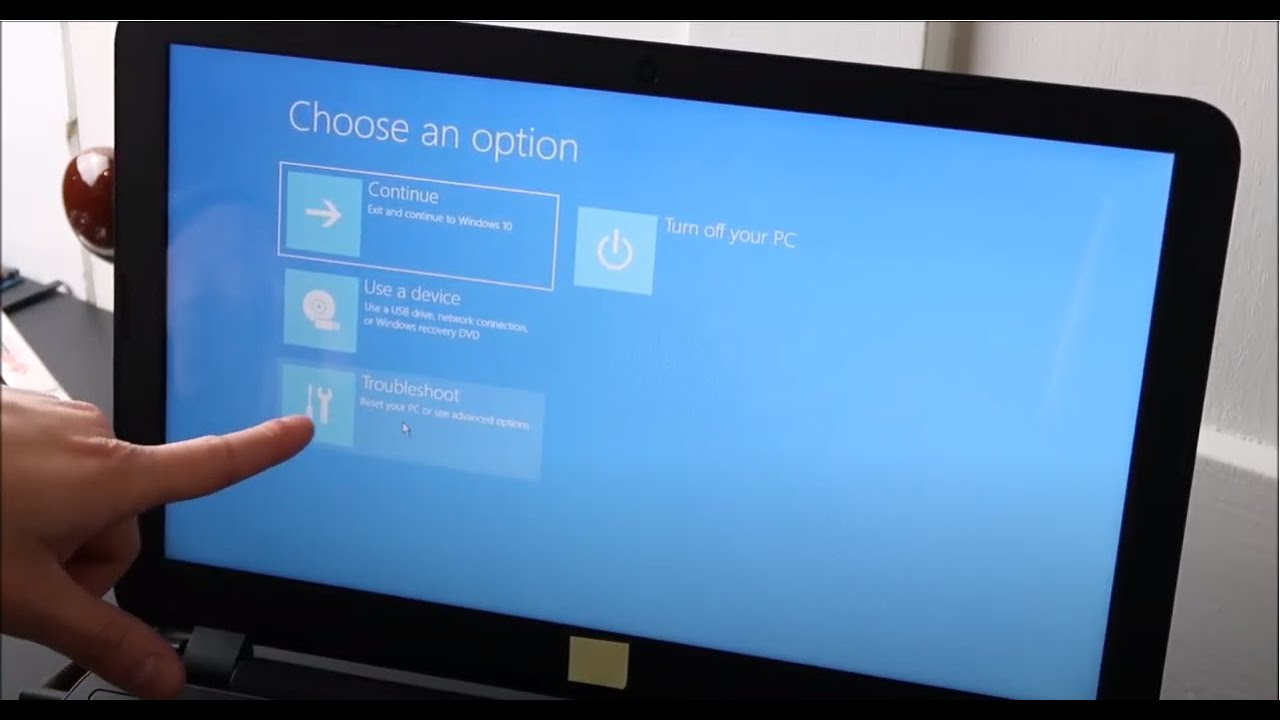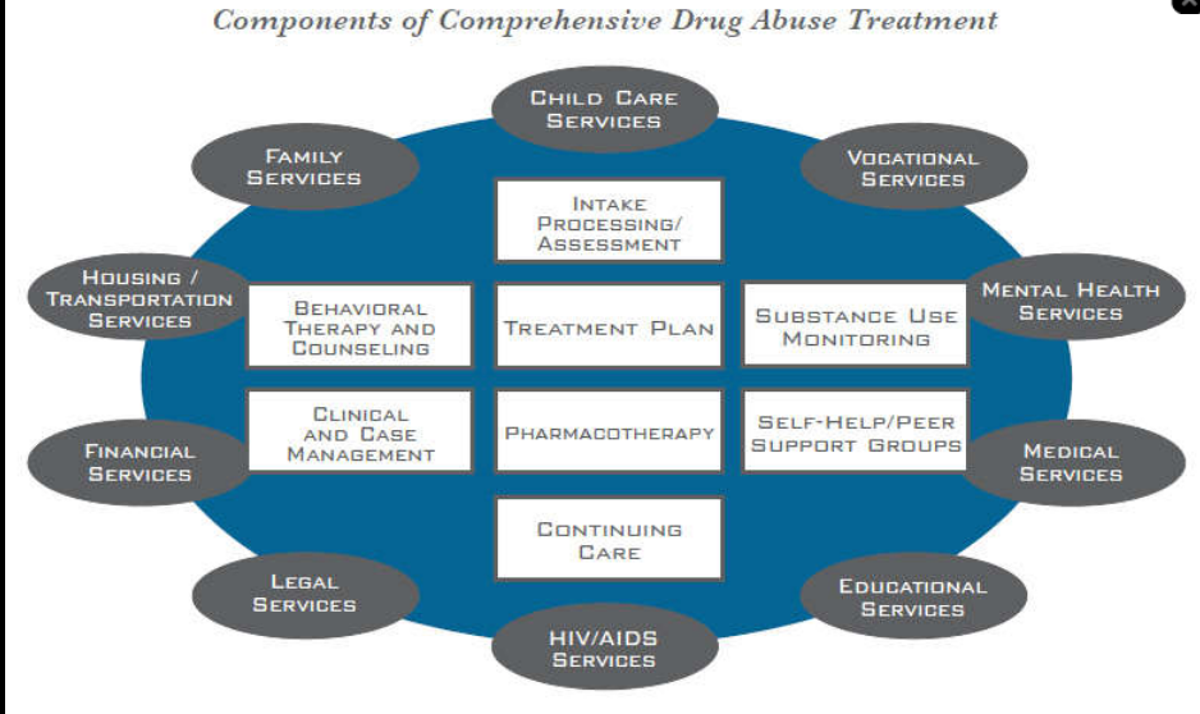
To file a negligence claim against a city, the plaintiff must show that the government has failed to provide safe public spaces. Consult a trip and fall lawyer when seeking damages for injuries due to municipal negligence for assistance in gathering evidence. Here are some things you need to know before filing a negligence claim against the city:
Government Immunities
Immunity protects cities from being held liable for some types of personal injury claims. Lawyers can help clients determine whether their negligence claim is an exception to this law. Without immunity for acts such as infrastructure repair, city governments can be held liable for injuries caused by sidewalk cracks or potholes. Knowledge of state-specific immunity laws allows an attorney to determine if your claim fulfills an exception to the immunity law. In a negligence claim, plaintiffs may show that the city had the duty to repair infrastructure when an accident occurred.
Notice Requirements
Governments may require written notice of accident details within an allotted time after an incident to preserve claims. Notices include injury date, location, and cause descriptions. Research errors can invalidate documentation and requests for extensions to claim rights.
Lawyers handle drafting notices to meet specifications. They combine accident scene photography with firsthand accounts in notification paperwork. Claims can proceed per procedural requirements with verified details submitted within set periods.
Infrastructure Maintenance Duty
Some of the duties performed by a city’s infrastructure maintenance team involve repairing broken sidewalks, filling potholes, and increasing safety through road markings. When gathering evidence to support a claim, a trip and fall lawyer often reviews the municipal codes. This confirms whether there was a failure to fulfill infrastructure duties at the site of an accident, identifying proof of negligence. It demonstrates that a municipality’s failure to care for the infrastructure exposed the public to danger.
Safety Codes
Knowledge of municipal safety codes aids lawyers in assessing whether policy infractions caused environmental hazards that led to accidents. Codes set directives for maintaining infrastructure and installing warning signage to alert passersby about hazards.
Lawyers compare code requirements against incident scene photographs, seeking violations or safety oversights that violate mandates. Evidence of code deviation may establish fault tied to breached governmental responsibilities meant to safeguard public safety. This strengthens negligence claims by linking city failures directly to client injuries.
Comparative Fault
Demonstrating that the government has majority comparative responsibility helps claimants counter city defenses that claim victims’ negligence to reduce or void claims. Showing that a municipality’s omissions or errors created unavoidable risks bolsters arguments that unfulfilled duties caused accidents. Attorneys can analyze cases for signs of defective roads, sidewalks, or other hazards where cities usually provide safe public infrastructure.
Scope of Damages
Analyzing damages that result from the accident helps calculate informed settlement demands. Damages beyond physical injuries to victims may extend to medical expenses, lost wages, property damage, and suffering. Total relational harm is often factored into claims against negligent cities that failed in their infrastructure obligations. Lawyers may research economic loss data and accident details that substantiate damage compensation requests in alignment with each client’s injury and loss scope.
Consult a Trip and Fall Lawyer Today
Court procedures, such as filing and serving claims, allow cases to move forward. A trip and fall lawyer is experienced in navigating court procedures, helping make sure the case is not dismissed before a trial begins. Lawyers also stay up-to-date on litigation requirements, including securing expert testimony and subpoenaing municipal records. Municipal negligence that creates a known public danger demands restitution when a personal injury occurs. Contact a lawyer today and learn about your legal options to hold governments responsible for hazardous environments.








